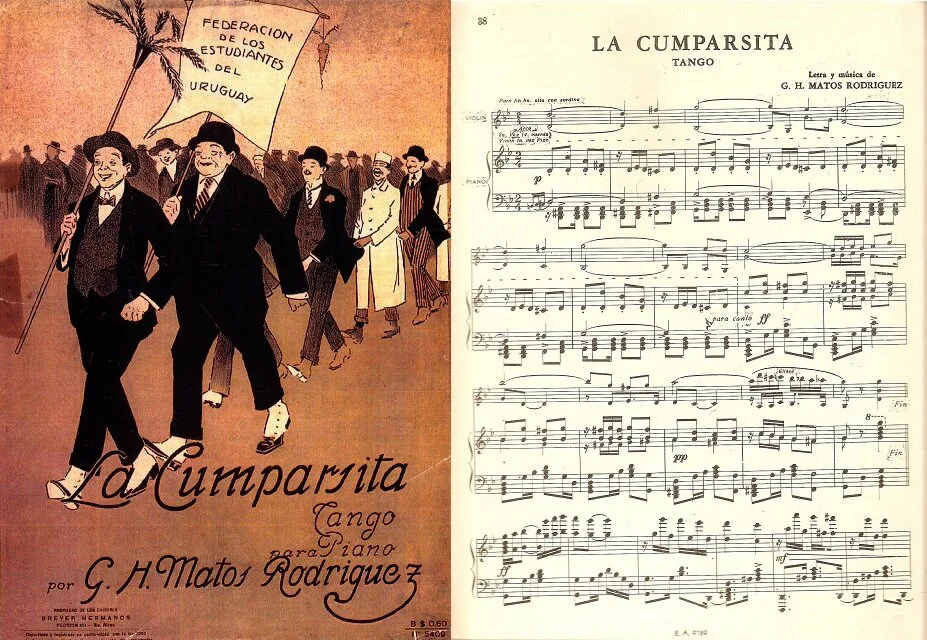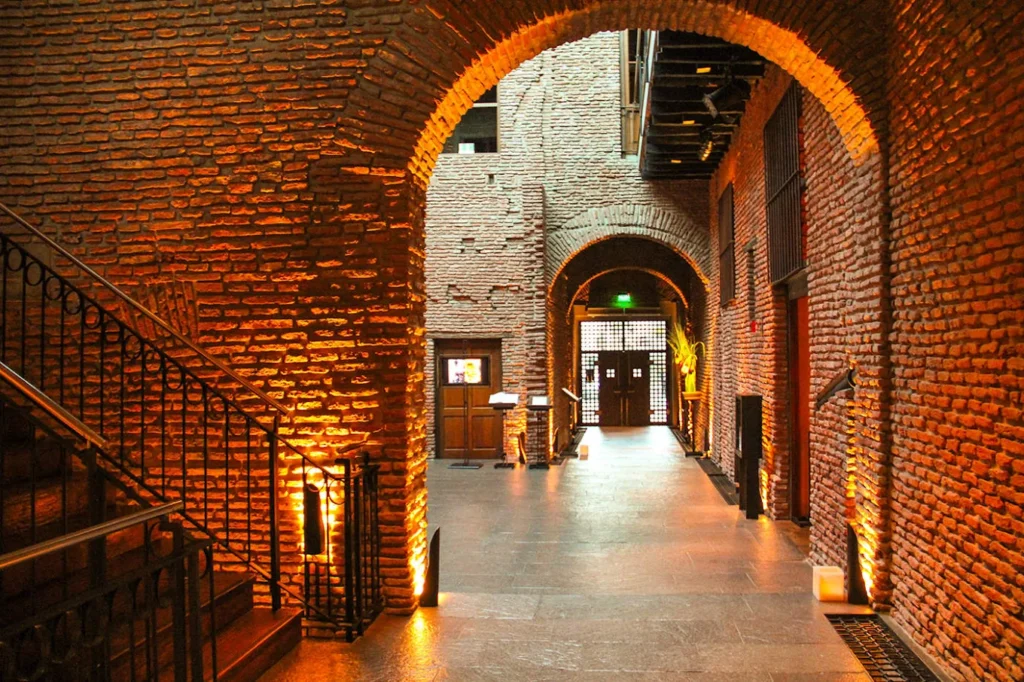First Things First: What Is Tango Music All About?
If you ever find yourself in the city of Buenos Aires, Argentina, you’ll be drawn to the unmistakable rhythms and raw emotion of tango music. Considered the tango capital of the world, Buenos Aires is both the birthplace and global epicenter of this captivating musical tradition. In districts like San Telmo and La Boca, you’ll hear the nostalgic melodies from cafés, plazas, and milongas—social dance gatherings that bring tango to life.
Whether you’re a longtime fan or just tango-curious, the city offers countless opportunities to explore this rich cultural tradition: from historic theaters like to contemporary stages and intimate bars. Here, tango isn’t just music; it’s the soundtrack of Buenos Aires’ soul.
A Look Back: The History of Tango in Buenos Aires
From the Margins to the Mainstream
Tango began at the edges of society. In the late 1800s, the working-class port neighborhoods of Buenos Aires and Montevideo were home to a swirl of cultures. African drum patterns, Spanish guitar traditions, Italian folk melodies, and Cuban habanera rhythms blended together in taverns, street corners, and brothels.
From this rich fusion came a new form of expression: tango. Developed in informal community gatherings, both the dance and the music evolved hand in hand. The arrival of the German bandoneon in the mid-19th century was a turning point, adding the melancholic tone that would become the soul of tango.
By the early 20th century, tango had spread from the slums to ballrooms, theaters, and eventually across the Atlantic to Europe.
This is just the beginning. Explore the full journey of tango from the outskirts to global fame.
The Golden Age: Tango Takes Center Stage
Between the 1910s and 1940s, tango entered what is often called its Golden Age. This was the era of Carlos Gardel, whose haunting voice carried tango from the neighborhoods of Buenos Aires to radios and cinemas across the world. Gardel’s songs, filled with nostalgia, heartbreak, and fierce pride, helped catapult tango onto the global stage. His influence remains deeply woven into the city’s identity, commemorated through murals, museums, and countless recordings.
Tango music during this period flourished thanks to orquestas típicas, ensembles made up of instruments like violin, piano, double bass, and bandoneon. The sound was rich, dramatic, and unmistakably Argentine. Songs like “Mi Buenos Aires Querido” and “El Día Que Me Quieras” became part of the national soundtrack, resonating with the hopes and sorrows of a rapidly modernizing society.
Gardel’s tragic death in a plane crash in 1935 only intensified his legendary status, turning him into an enduring symbol of Argentine culture. Though he wasn’t born in Argentina, Gardel’s music and image are deeply woven into argentine identity.
More Than Melody: The Emotion Behind the Lyrics
It’s fundamental for you to know that Tango isn’t just instrumental music. It’s a genre full of poetry. Many tango songs speak to the experience of immigration, the struggle of everyday life, betrayal or the pain of lost love. Lyrics often reference Buenos Aires landmarks like “San Juan y Boedo” or the arrabales (outskirts), creating a soundtrack of the city’s collective memory.
Tangos like “Sur” by Homero Manzi and “Mi Buenos Aires Querido” by Gardel evoke deep emotional connection and national pride. The style even has its own vocabulary and tone: words are chosen not just for meaning, but for how they feel when sung.
Tango Nights, Local Vibes
Milongas: Where the Music Lives
Milongas are dance nights where tango lives and breathes. In Buenos Aires, you’ll find milongas nearly every night of the week, ranging from grand theaters to corner cafes. Each one has its own vibe, but all are anchored in music. Live orquestas típicas recreate the traditional sounds, often performing arrangements from the Golden Age. The city’s official tourism site offers a great roundup of places to experience this firsthand.
Tango Shows: Music, Movement and Nostalgy
For those who want to experience tango in a typical theatrical setting, there are many tango shows that offer a choreographed journey through the genre’s history. Dancers and musicians performing with a dramatic flair sounds ideal for first-time visitors.
But if you are looking for something more immersive? Secreto Tango Society strips away the spectacle to bring you raw, closer, deeper connection. With just 20 guests and a close-up format, it’s not about watching a performance: it’s about feeling part of it.
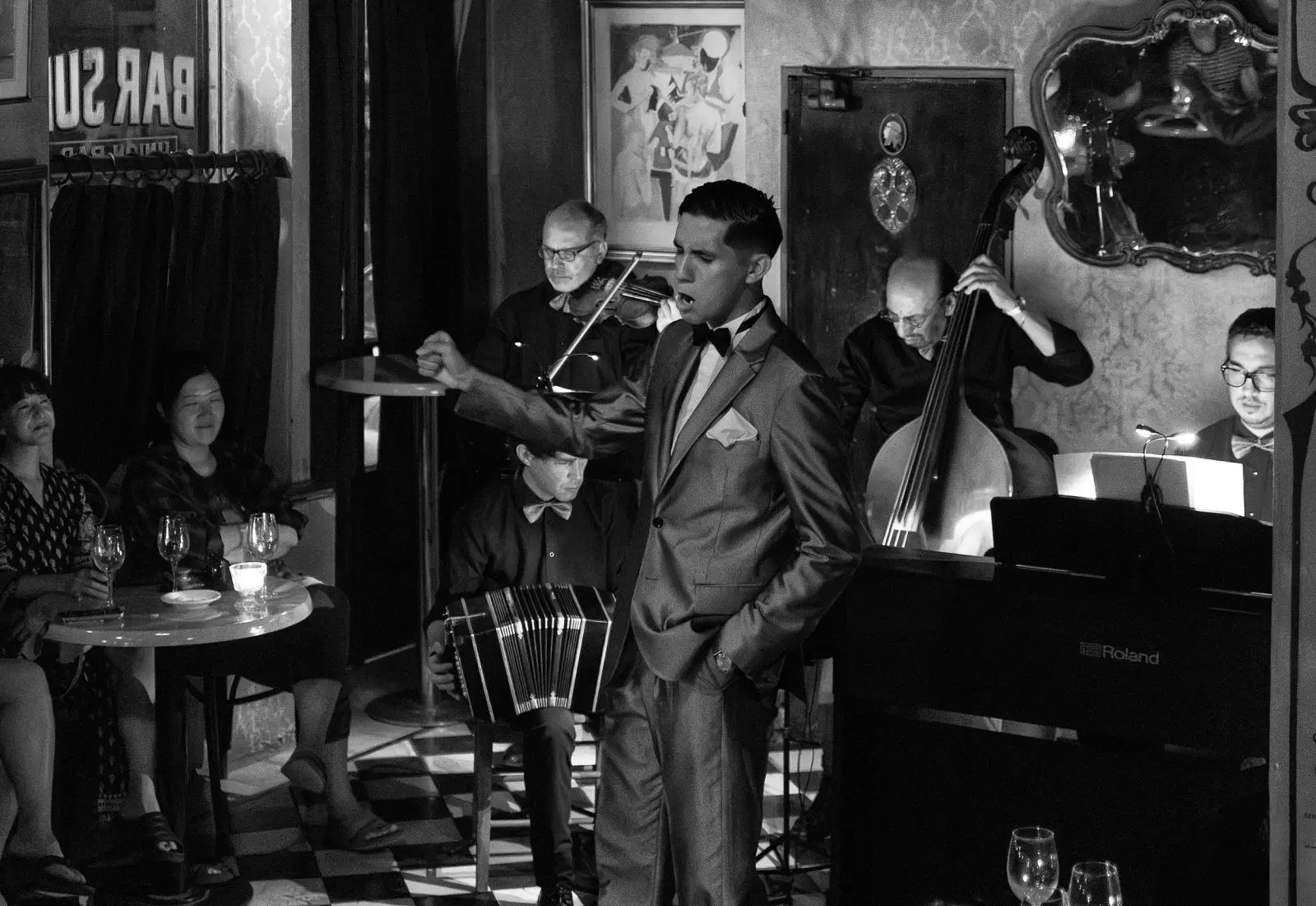
Modern Sounds: Innovation in Tango Music
Tango Nuevo and Musical Experimentation
The late 20th century brought a new generation of tango innovators. Astor Piazzolla, one of the most important figures in modern tango, blended classical music and jazz to create the groundbreaking “Tango Nuevo” style. His compositions like “Libertango” broke tradition while honoring tango’s emotional core. Though controversial at the time, Piazzolla’s work redefined what tango could be.
Today, while some artists continue to push the boundaries, others return to traditional forms with fresh arrangements. This range shows tango’s adaptability, and its enduring power to move people across generations.
If you want to get deeper into Piazzolla and some surprising facts about tango’s evolution, check out 10 Fascinating Tango Facts you probably didn’t know
From Buenos Aires to the World.
Tango music has gone global, but Buenos Aires remains its soul. Whether it’s performed on a cobbled street in San Telmo, played in a concert hall, or echoed in a milonga in Tokyo, tango is unmistakably Argentine.
The city continues to celebrate tango through events like the Buenos Aires International Tango Festival and World Cup, held every August. These free public events are a chance to see some of the best dancers and musicians in the world, and experience the city’s pride in its most iconic art form.

Final Note: Where Music Meets Identity
Tango music in Buenos Aires is a living language. It speaks of migration, resilience, and identity. From the rhythms of the bandoneon to the poetry in the lyrics, tango connects past and present, stage and sidewalk.
Whether you’re sipping wine at a late-night milonga or hearing a street musician on Avenida de Mayo, the sound of tango stays with you. Dive deeper into this world through our blog on tango culture, or better yet, book an evening with Secreto Tango Society and let the music move you in the city where it all began.

How useful was this post?
Click on a star to rate it!
Average rating 5 / 5. Vote count: 2
No votes so far! Be the first to rate this post.
